On any given day in a lab in New Jersey, a humming machine
traces the lines of a hand-drawn image: a woman’s face drawn by Matisse. The
machine highlights each new line it sees, recording and cataloging its
thickness, shape, and the artist it was created by.
But the computer isn’t merely scanning the image, it’s
learning. The Art and Artificial Intelligence Laboratory at Rutgers University
is currently teaching the machine to appreciate and understand art, and the
subtle differences within a painting or drawing.
“The A.I. will be able to tell a Van Gogh versus a Matisse,
for example, based on the visual elements that are somehow unconscious to the
artist,” explains Ahmed Elgammal, Professor and Director of the lab.
Scientists have been exploring artificial intelligence in
relation to art for years, and while artificial intelligence systems can now make
paintings of their own dreams, humans still have the only brains capable of
appreciating them. This is where the Art and Artificial Intelligence lab comes
in. Computer scientists there hope to bring artificial minds closer to
mimicking human intelligence, and their work may also help solve a problem that
has plagued the art world for hundreds of years: art forgeries.

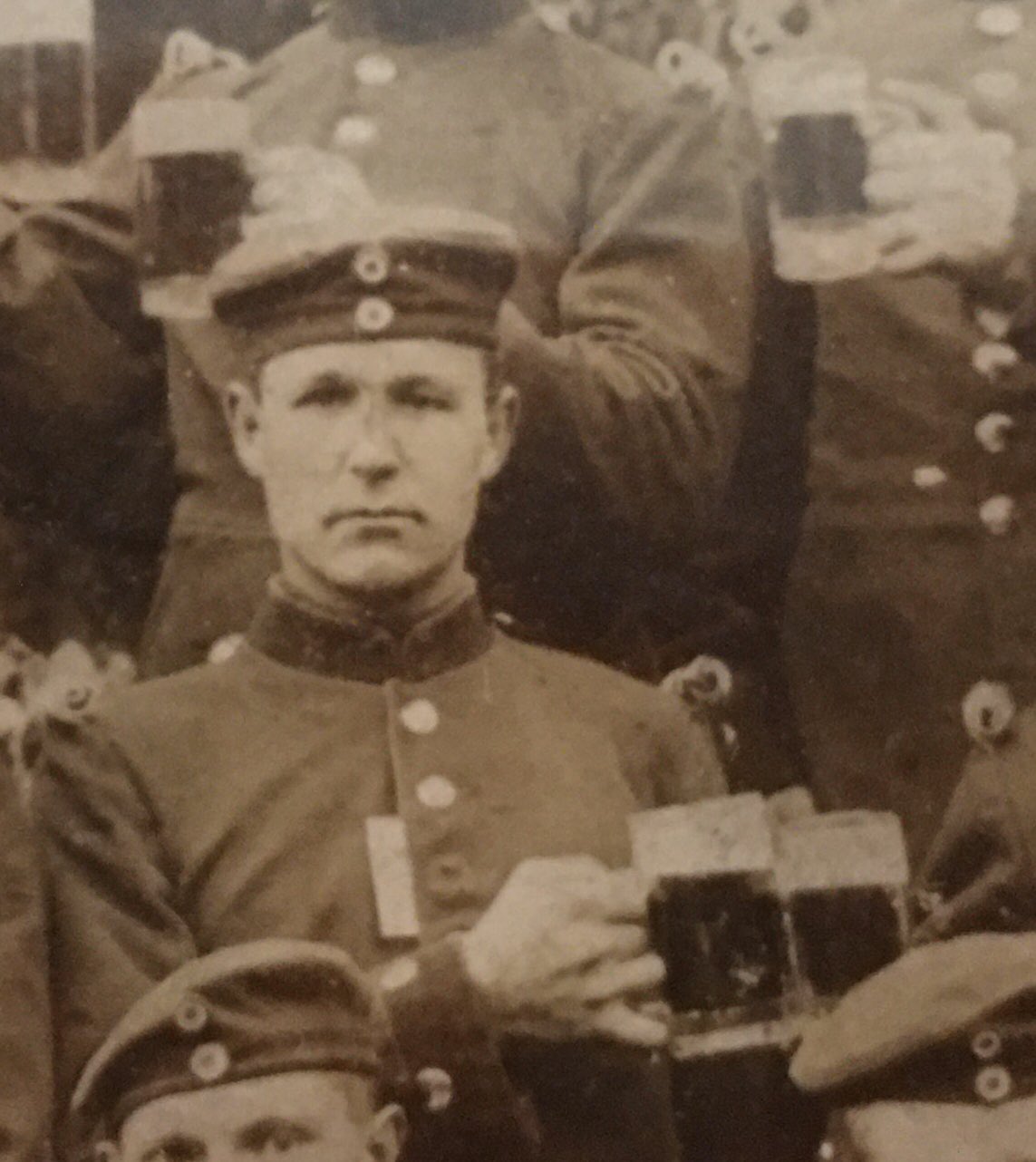







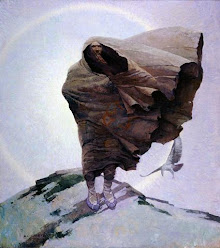













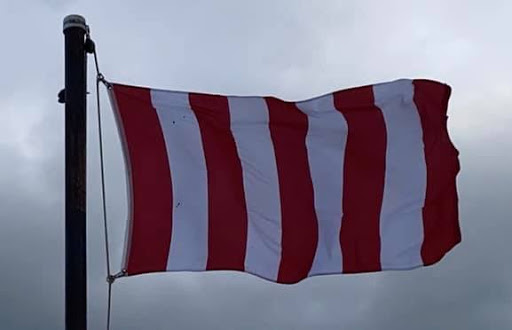
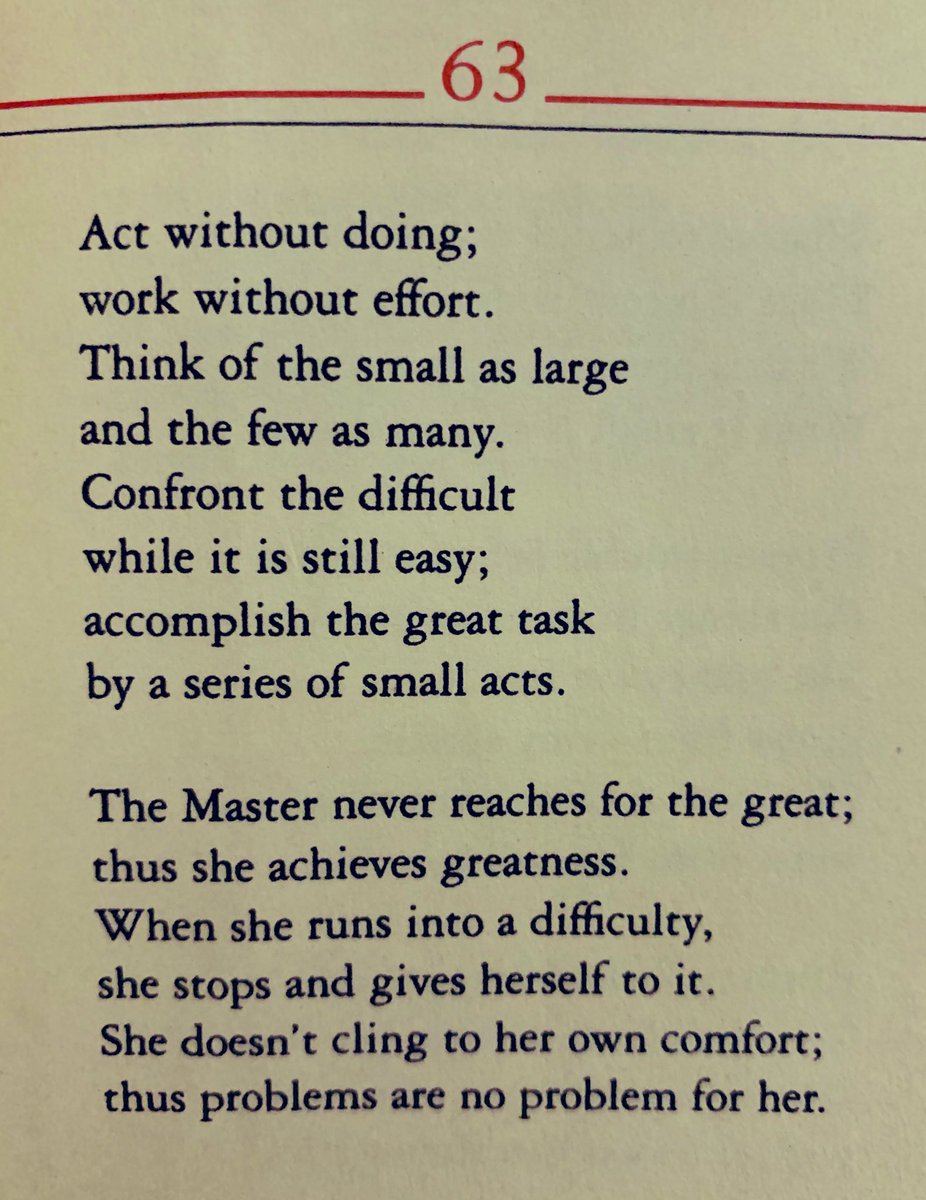









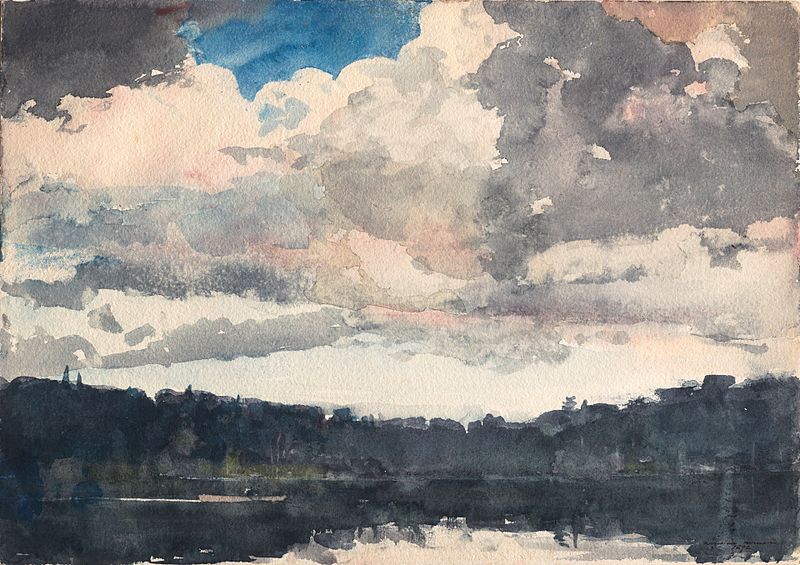





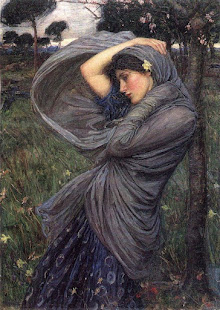












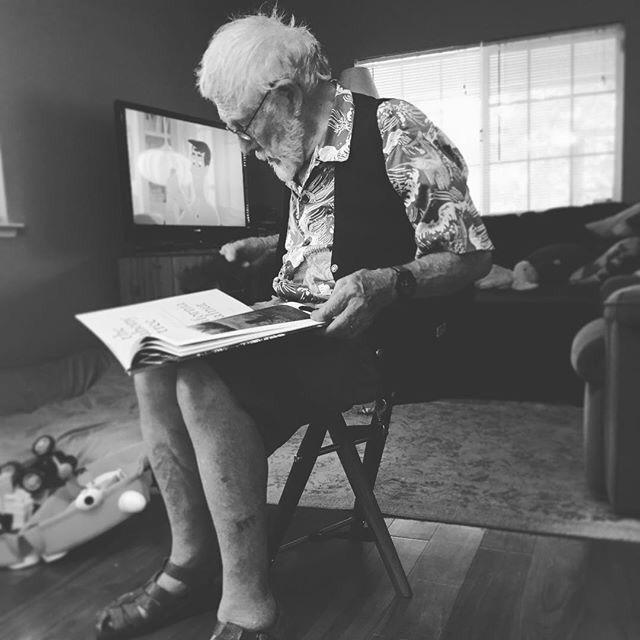

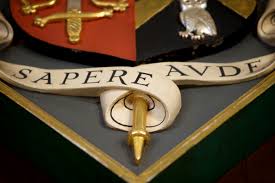






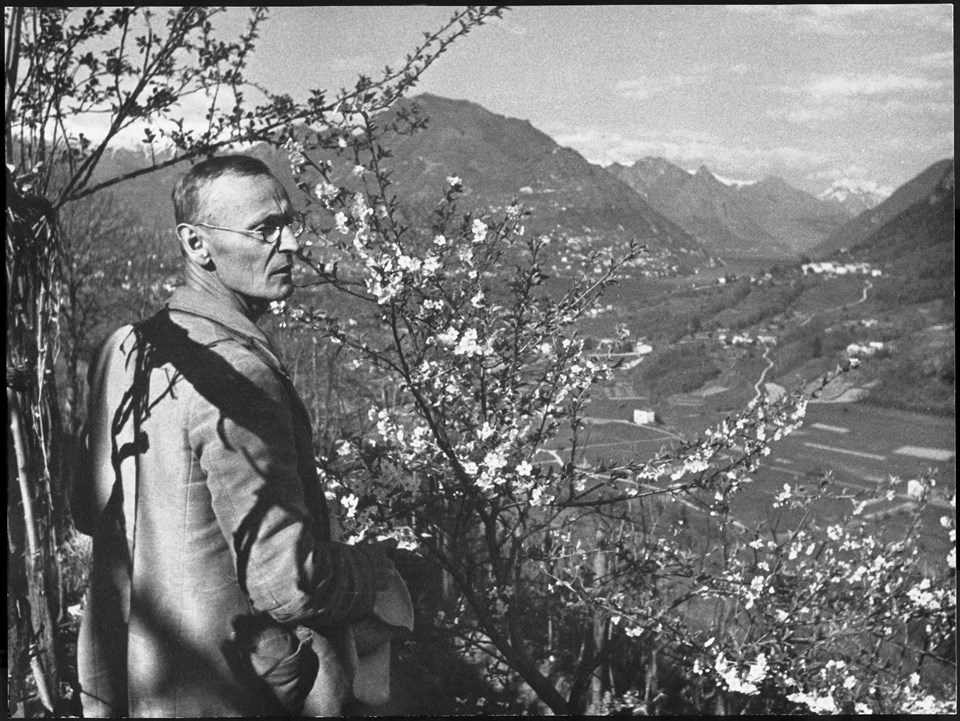


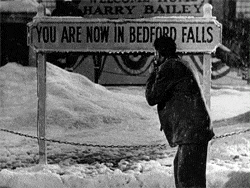







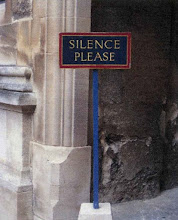









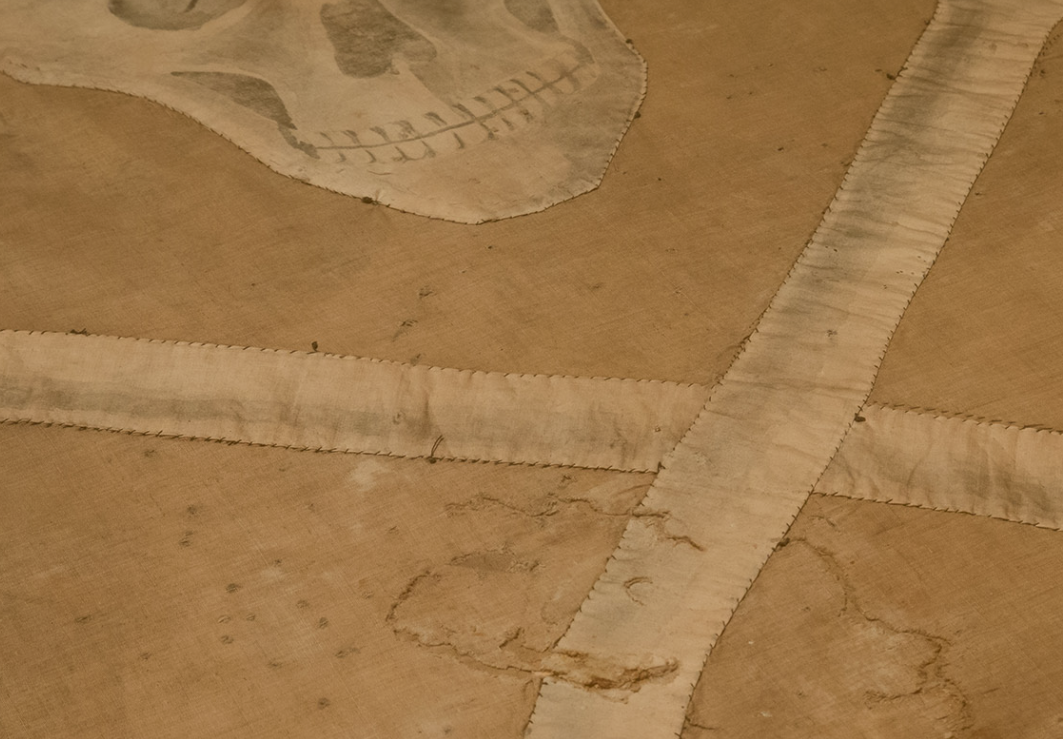

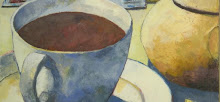
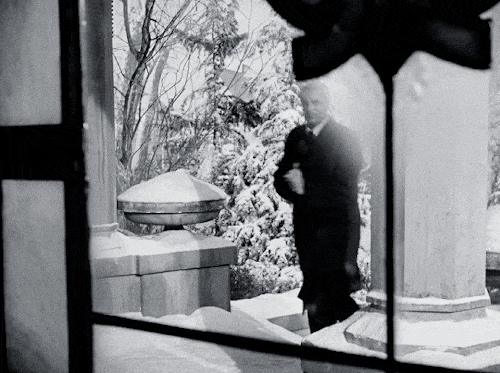


















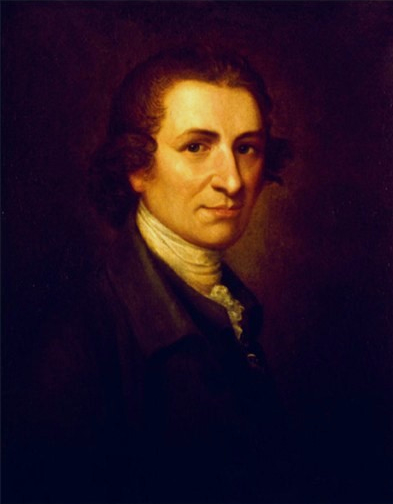


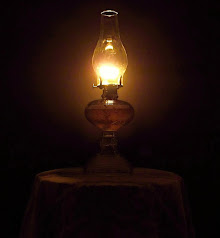



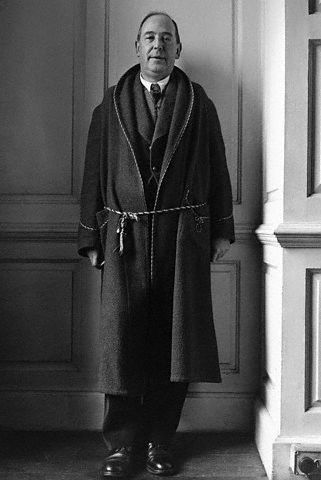



No comments:
Post a Comment